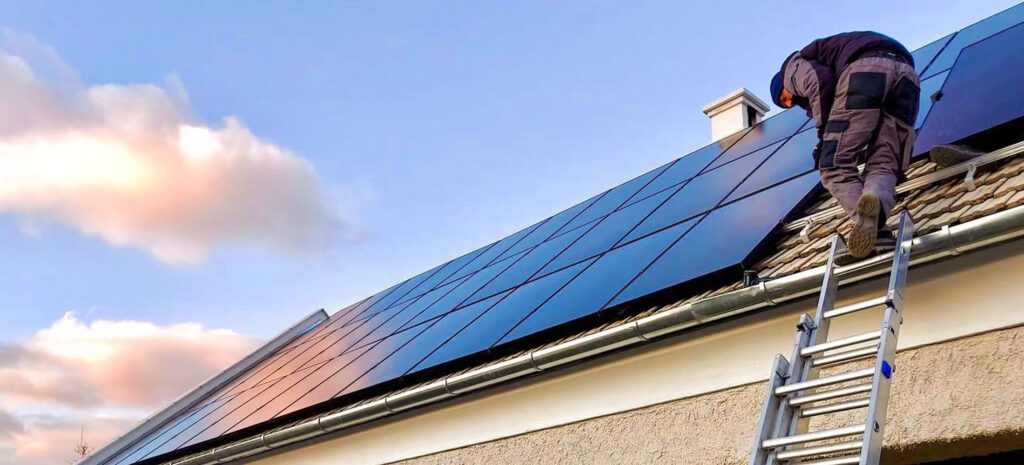Solar panels can be installed on many types of roofs using a variety of techniques, depending on the material of the roof. There are many different roofing materials: asphalt, metal, cement, slate, tile, and even wood. While tile is the most common roofing material for buildings in Europe, this article will show you how to install solar panels on a tile roof.
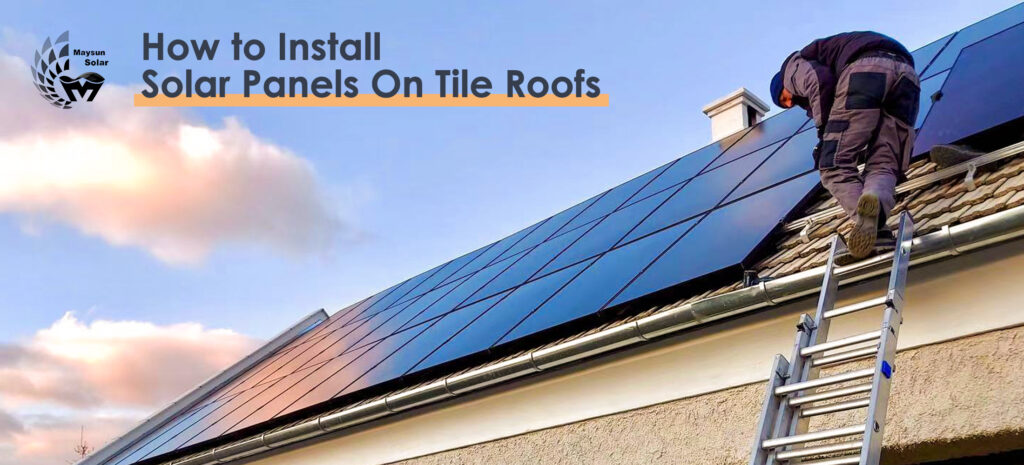
There are also many different types of tiles. The most popular roof tiles in Europe today are: Spanish tiles, clay tiles and concrete tiles. They are the choice of most residential homes. These tiles have good durability, energy efficiency and long life, while giving your home a classic, elegant look. However, compared to concrete or slate, these tiles tend to appear more fragile and also more expensive. They are often damaged when struck by hard objects or stepped on by heavy objects. In addition, the unique permeability of the tiles also determines its relatively weak sealing. Therefore, there are concerns that installing PV panels will damage the roof, thus pushing up installation costs and even triggering roof leaks.
Yes, installing PV panels on a tile roof is a complex challenge. Fortunately, it is entirely possible to use the appropriate techniques and materials to solve the problem and allow homeowners with tile roofs to install PV systems without any problems. Here are the four steps of the installation process.
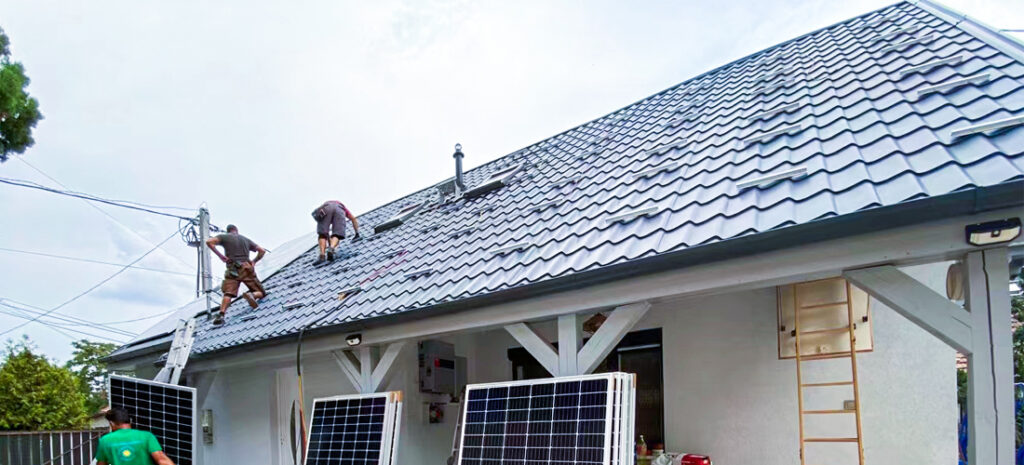
Step 1: Inspection and measurement
The first step in the construction of any project is to take a measurement. The installer will inspect the location of your house and the condition of your roof, either remotely or in person. A professional will evaluate the payback statement of your PV system based on local solar irradiation data and geographic location, and determine the best location for the panels based on available roof space, pitch and orientation.
These evaluations are necessary – after all, this is a significant investment and you need to make sure that you are getting the benefits you expect from this investment, such as how much you will save on your monthly electricity bill. If it is determined that this decision meets your expectations, then after signing a contract with the installer, they will take further measurements to determine where to fix the bracket and rail system. In addition, the location of the inverter or energy storage battery will be determined.
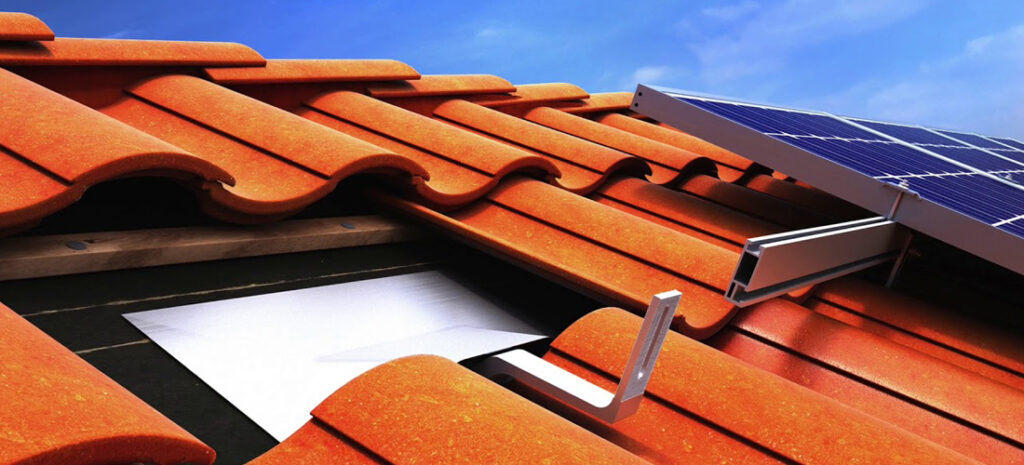
Step 2: Remove the tiles
When considering the question “How to install solar panels on a tile roof?” the biggest difference from other types of roofs is that you need to remove the tiles before you start. If you try to drill directly through the shingles, they may break and need to be replaced, which can significantly increase your installation costs.
The installer will carefully remove a certain number of tiles, based on a pre-measured location, in preparation for installing the brackets. Place these removed tiles properly to avoid damage. When walking on the roof, a soft foam sheet can be placed over the tiles to reduce the risk of tile cracking.
After removing some tiles, you will see the inner structure of the roof and the beams. This is the strongest part of the entire house, and it is here that the PV mounts will be secured. If necessary, the installer will also extend and add to the roof beams to create additional mounting points for the brackets.
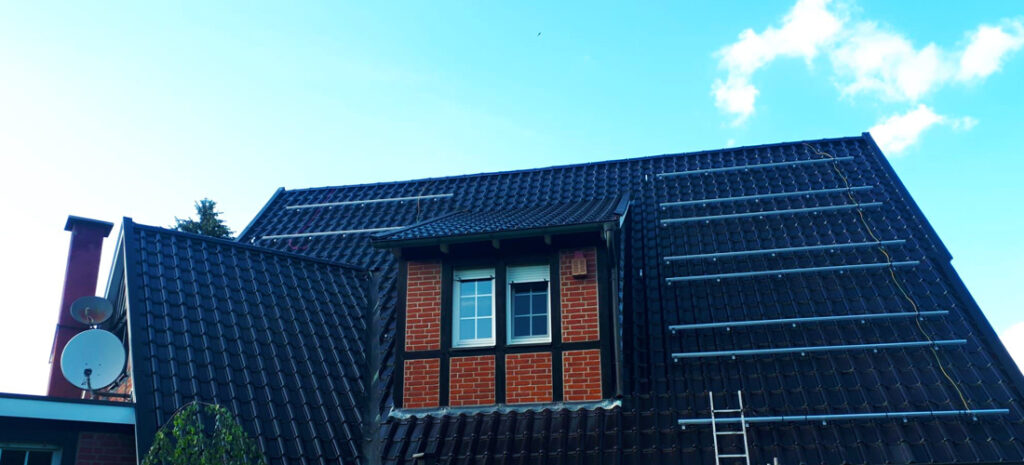
Step 3: Install the brackets and rails
After determining the correct spacing and dimensions, the installer will use bolts to attach the PV brackets to the beam frame. At these connection points, the installer will make a seal using a specific waterproof material. After securing the brackets, the removed shingles need to be put back in place to ensure that the tiles are flush and to maintain the integrity of the roof. These tiles may be sanded, drilled or cut to fit the newly installed rails. Likewise, waterproofing is required at the notches in the tiles. During this process, the installer will replace any broken or damaged tiles.
A skilled installer will ensure that the mounting brackets are thoroughly secured and that the water resistance of the roof is not compromised. For your house, this step is very important, so it is recommended that you supervise the construction and do a detailed inspection throughout.
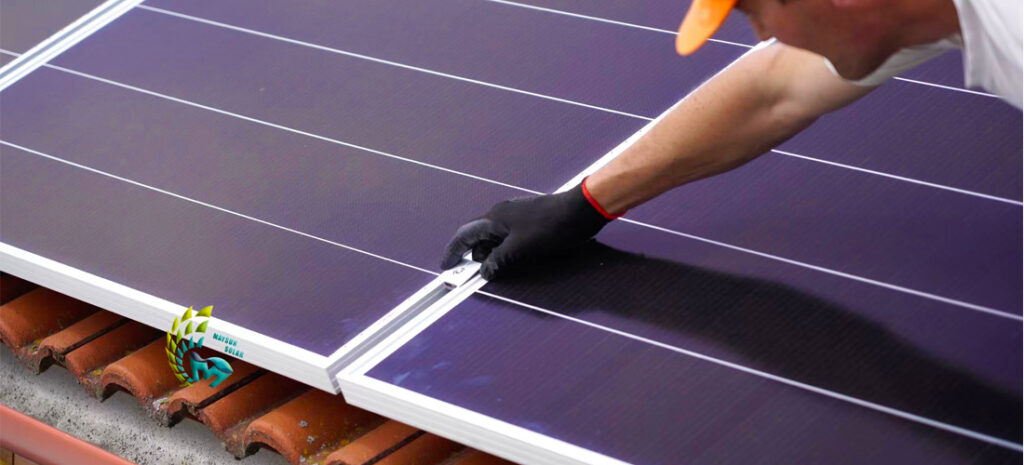
Step 4: Install the PV panels
Once you have completed the above, you will see a mesh mounting base and it is time to add the PV panels to the base. Secure the panels using clips that are bolted to the edges of the panels and into the metal rails that are fixed to the mounting brackets. These specially designed brackets can be easily removed and maintained if access to the area underneath the newly installed panels is required.
The solar panels are now firmly anchored to the roof. Next, the installer connects the panels into strings by connecting junction boxes, which are connected via cables to inverters or batteries, and finally to the power center of your home.
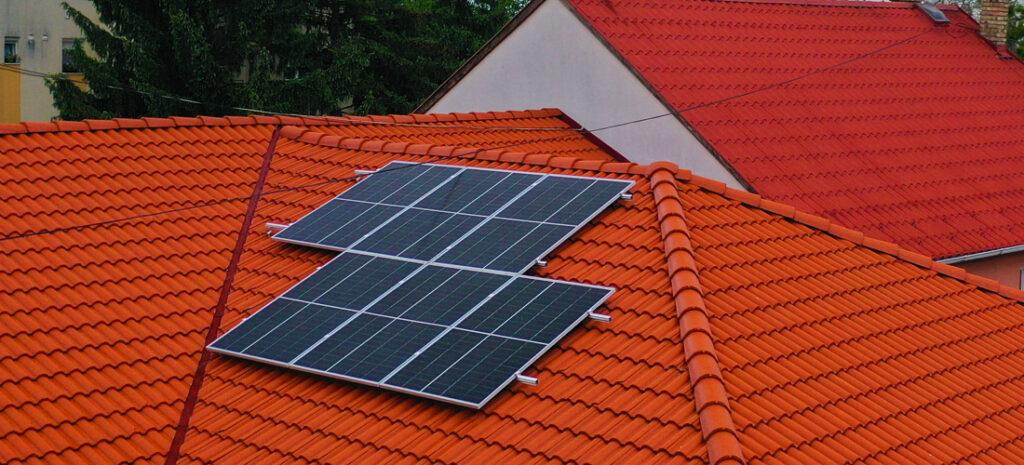
The whole installation process may last 2-3 days. It’s a bit of a hassle, but trust me, it’ s worth it. As a PV module manufacturer with 14 years of experience in the industry, Maysun Solar has established offices and warehouses in Germany, Poland, Netherlands, Hungary, Italy and Spain, and has established long-term and stable relationships with many excellent installers. Welcome to contact us to get the latest module quotation or ask PV related questions.

